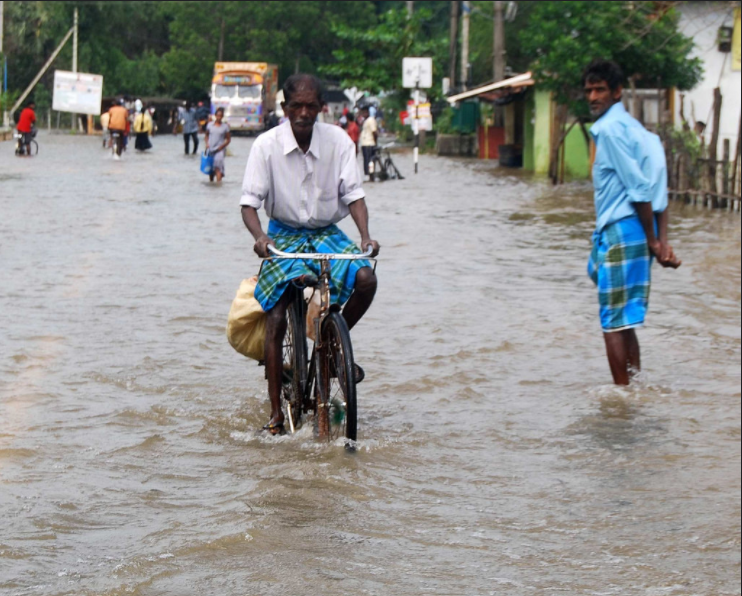Singapore’s Hydroinformatics Institute (H2i) has been appointed to conduct a hydrology study for the Kalmunai region in Sri Lanka’s Eastern Province so it can better anticipate water-related issues ahead of the region’s planned development.
Like Sri Lanka’s other coastal cities, Kalmunai remains at a higher risk from a rise in sea levels, salination of water resources, and storm surges.
The appointment, by Sri Lanka’s Ministry of City Planning and Water Supply, is for a four-month study, beginning early March. H2i will assess the region’s water resources and the potential impact of factors like urban development and climate change through modelling. This will allow the risks and opportunities related to water to be better understood, and for proper flood prevention and management systems to be put into place.
The results of the study will feed into a Master Plan on Integrated Township Development being developed for Kalmunai as well as Sammanthurai, which is located in the same province, by the Ministry and the University of Moratuwa.
The aim of the Masterplan is to turn Kalmunai into a modern commercial hub with infrastructure including high-rise buildings, highways, and transport networks, according to City Planning and Water Supply Minister and Sri Lanka Muslim Congress Leader, Rauff Hakeem. The masterplan follows a five-year Eastern Development Plan (2012-2016) initiated by the Eastern Development Council.
A critical part of Kamunai’s development is a flood handling system that will be built into its design. The region has historically had major issues with flooding and waterlogging, with floodwaters remaining stagnant for weeks, even months, causing major disruptions, compromising access, and leading to the spread of diseases like malaria.
“The water component of Kalmunai’s development plans needs to be assessed first. This means taking into consideration the need for water in the dry season and knowing which areas are hardest hit by problems like flooding in the wet season. Knowing this allows them to put contingency plans in place,” explains H2i Managing Director Jair Smits.
Previous projects have tried to address the area’s flooding issues. For example, under the European Commission’s post-tsunami assistance programme, a 6km-long surface water drainage system was constructed.
The MOU for the hydrology study comes just months after Singapore and Sri Lanka committed to stronger bilateral ties and signed a free trade agreement (FTA).
